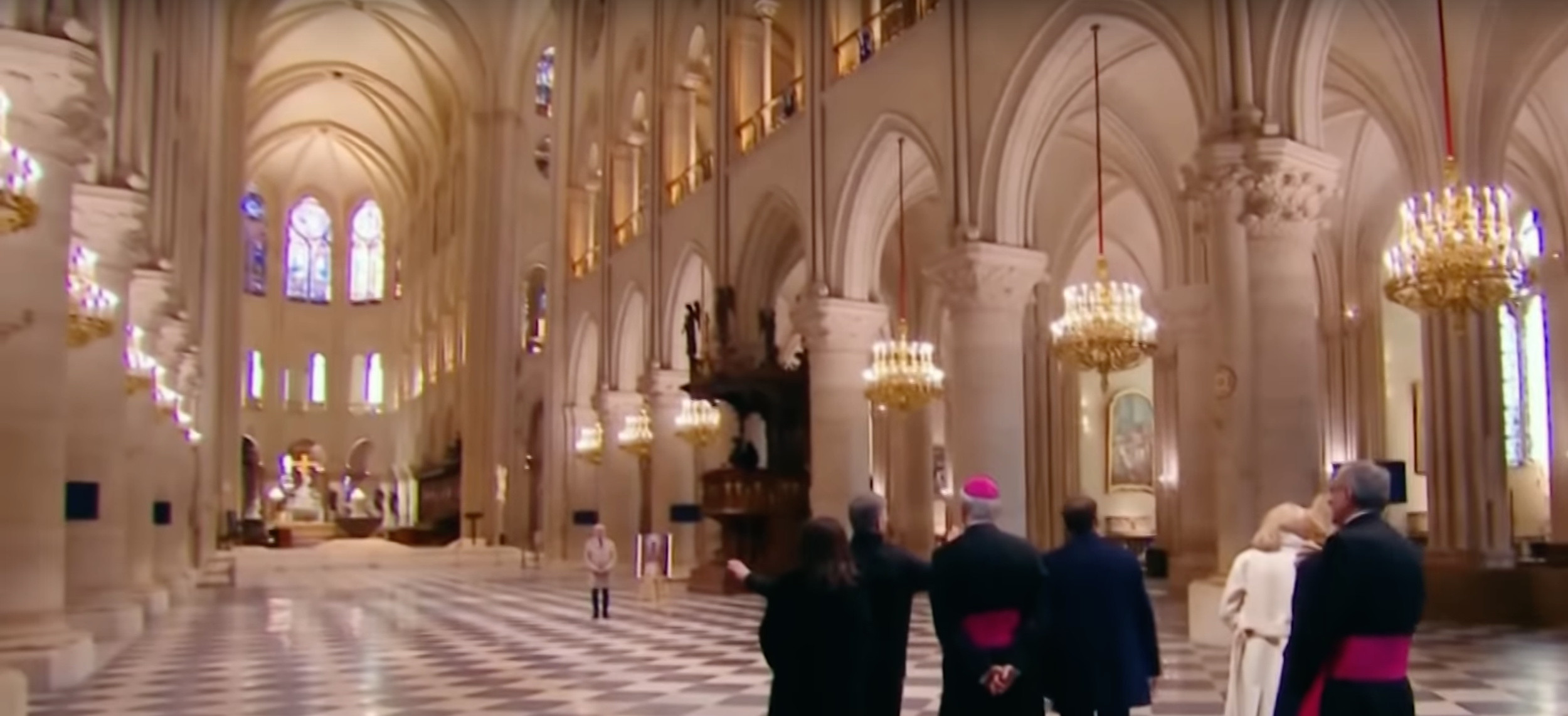When Christo and Jean Claude put up The Gates in Central Park in New York City in 2005, I went down early in the morning to take a look. Thousands of orange curtains were set up over the pathways of Central Park. There were crowds of interested parties like me, New York artists who had been hired to help construct the enormous project were celebrating, and flocks of helicopters from the world’s news organizations hovered above. I had seen images of The Gates for years.
This is the plan that artist JR hopes to realize this September.
This is how C&JC created these mega-projects. Starting in 1979 they sold drawings of the proposed scheme to galleries and museums to raise money. This also raised their credibility with the bureaucrats who they had to persuade to give them the go ahead. Some of their projects never got off the ground. But after decades of trying, under at least four different New York City mayors, here we were.
I was skeptical. What was the point of all this?
The Gates was an extraordinary and impactful project.
In fact it was pretty cool. All along the miles of pathways, every 10 or 15 feet there were posts on either side of the path to hold up the curtains. The paths in Central Park are all different widths so the curtains had to be all different widths. Some of the paths were on a slant, so the feet of the steel posts needed to be on a slant. The amount of work to cover the entire park with bespoke curtains and posts was mind-bending, and the craftsmanship was very detailed and beautiful.
The big surprise for me was the way the wind behaved. The wind blows the curtains, right? In my mind all the curtains blew in the same directions. But these real curtains took on a life of their own and blew in all kinds of directions. You could look out over a broad expanse of the park and see lots of little winds blowing hither and thither that I had never been aware of before. Suddenly I could see a hitherto invisible world for the first time.
Jean Claude died in 2009 and Christo in 2020 but their aesthetic lives on. French photographer and street artist JR and plan to transform the Pont Neuf in Paris into a giant rock sculpture. He is working with the Christo et Jean Claude Institute, and the early drawings show the bridge changed into a craggy rock formation.
The Gates project made me see my built environment in a totally new way. I hope JR’s nutty Pont Neuf new project does the same.
The Projet Pont Neuf installation runs from Sept. 1-30, 2025. Clcik here for more details.Lmc
This article is taken from Living & Painting in France, my petite magazine/newsletter about my life here in the French countryside. Click here for your copy. It’s Free!








































